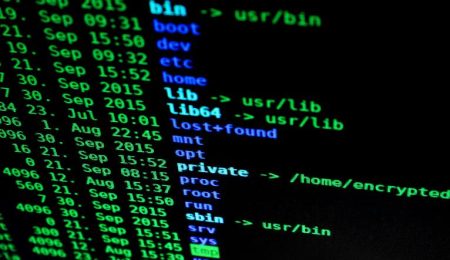- July 17, 2024
- Travel Jiffy
- Cybersecurity
Table of Contents
ToggleEmployee Training
Q: How does employee training contribute to cybersecurity?
A: Employee training educates staff on cybersecurity best practices, such as recognizing phishing emails, creating strong passwords, and identifying suspicious activities. Well-trained employees are the first line of defense against cyber threats.
Incident Response
Q: What is the significance of incident response in cybersecurity?
A: Incident response involves preparing for and responding to cybersecurity incidents effectively. It helps organizations minimize the impact of security breaches by swiftly detecting, containing, and resolving threats.
Access Control
Q: How does access control strengthen cybersecurity?
A: Access control limits user privileges based on roles and responsibilities, ensuring that only authorized individuals can access specific systems or data. By enforcing access control measures, organizations can reduce the risk of insider threats and unauthorized access.
Security Audits
Q: Why are security audits essential for cybersecurity?
A: Security audits assess the effectiveness of security controls, policies, and procedures to identify vulnerabilities and compliance gaps. Regular audits help organizations proactively address security weaknesses and enhance their overall cybersecurity posture.
Risk Assessment
Q: How does risk assessment support cybersecurity efforts?
A: Risk assessment involves identifying, evaluating, and prioritizing potential cybersecurity risks to the organization. By understanding their risk profile, organizations can allocate resources strategically to mitigate threats and protect critical assets.
Threat Intelligence
Q: What role does threat intelligence play in cybersecurity?
A: Threat intelligence provides organizations with insights into emerging cyber threats, attack patterns, and vulnerabilities. By leveraging threat intelligence, organizations can stay ahead of cyber adversaries and proactively defend against evolving security risks.




Leave a Reply